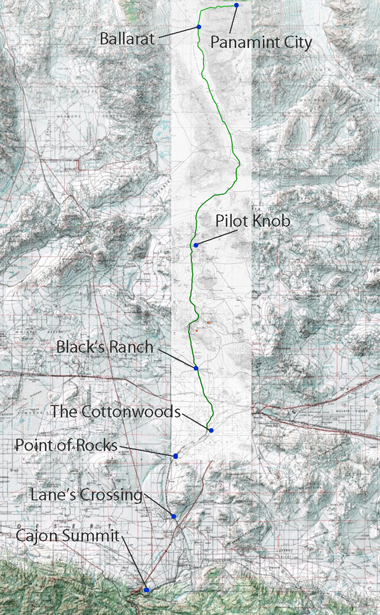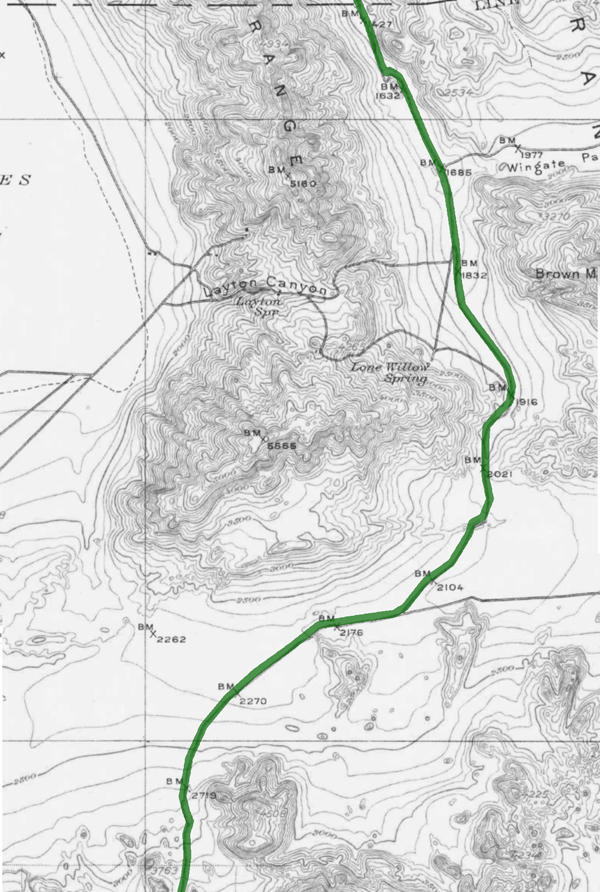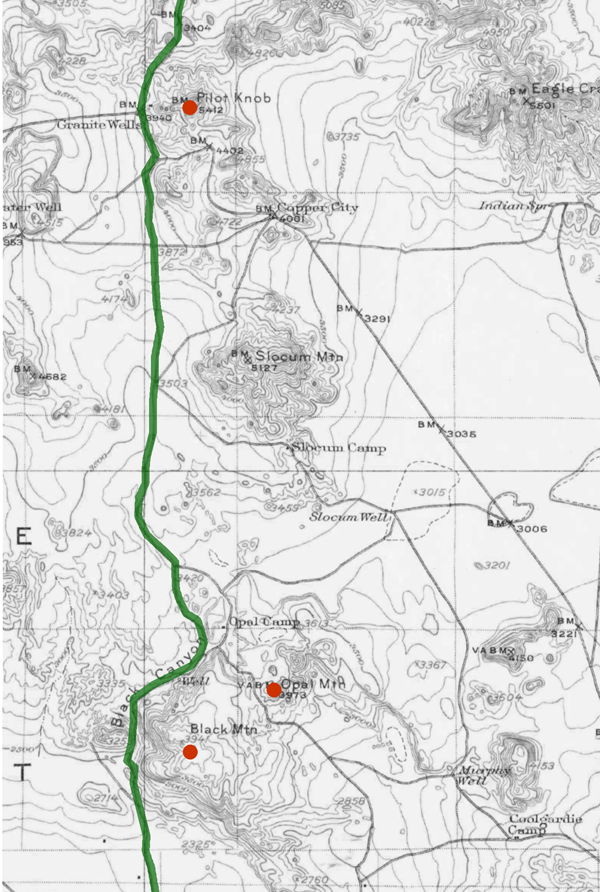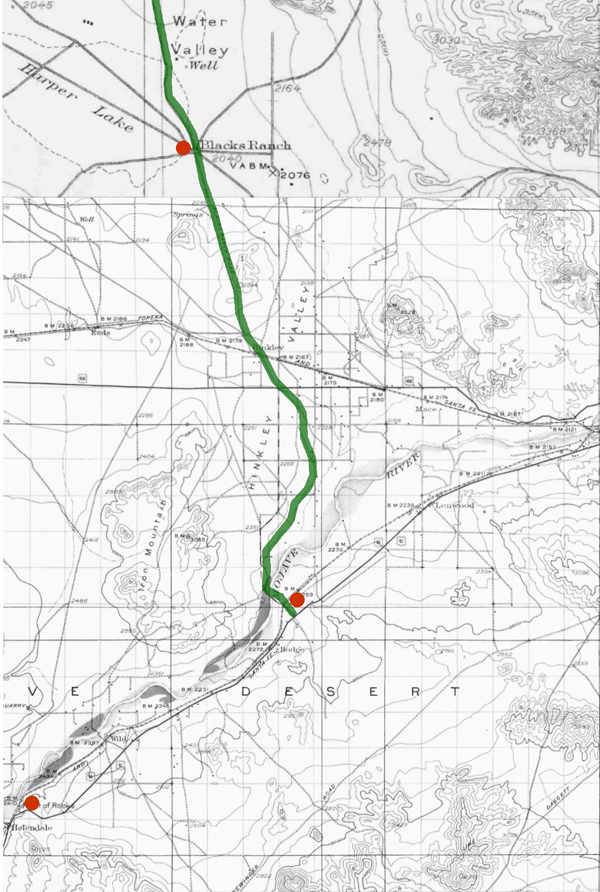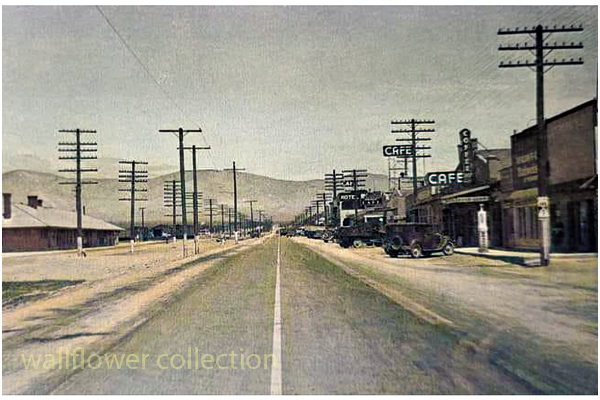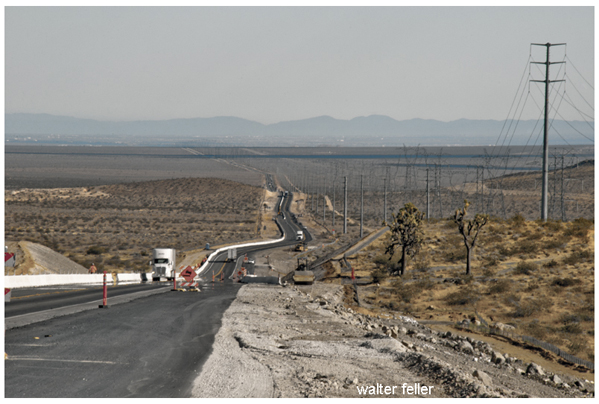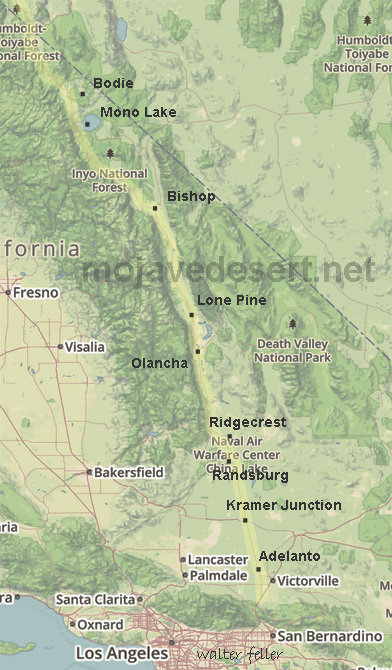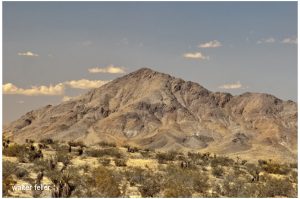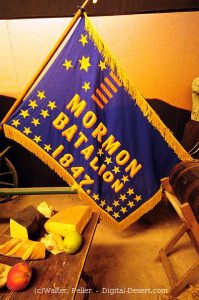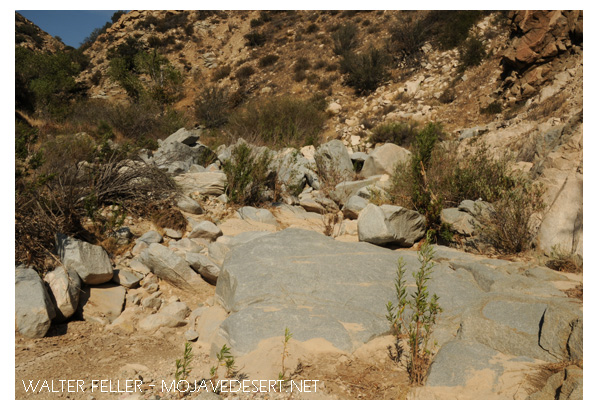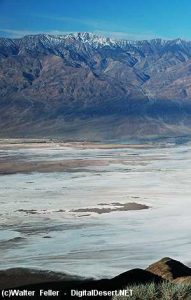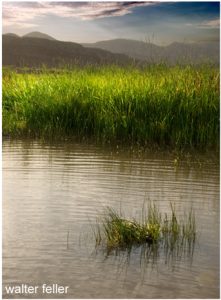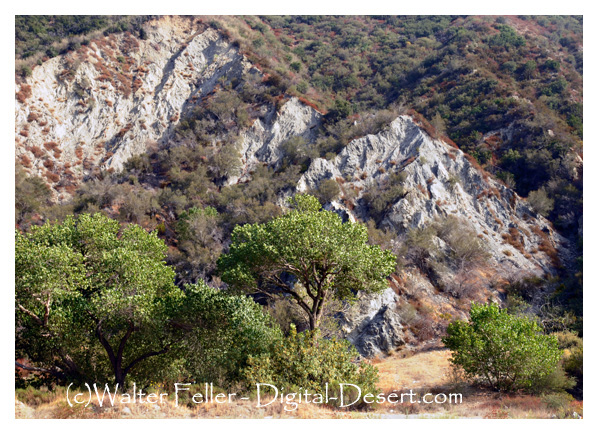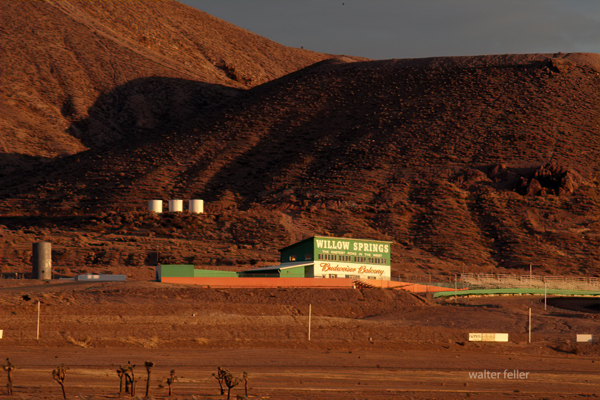
Willow Springs Raceway, also known as Willow Springs International Motorsports Park, stands as a storied institution in the world of motorsports. Located in Rosamond, California, this iconic racing facility has been a cornerstone of American racing since its inception in 1953. Known affectionately as “The Fastest Road in the West,” Willow Springs boasts a rich history, diverse tracks, and a reputation for challenging and exhilarating racing.
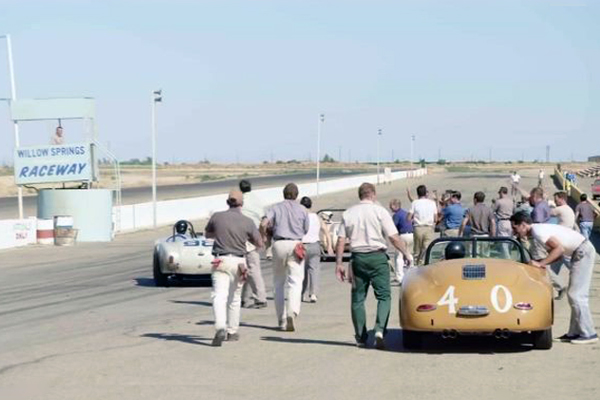
A Storied History
Founded by a group of racing enthusiasts led by Bill Huth, Willow Springs Raceway opened its doors in November 1953 with its inaugural race, quickly establishing itself as a premier racing destination. Over the decades, the track grew in popularity and prestige, attracting top racers and becoming a hub for automotive testing and media production.
Famous Figures and Vehicles
Willow Springs Raceway has a storied legacy and has been home to many iconic drivers and vehicles. I’m impressed by the list of notable names who have raced there, including Mario Andretti, Ken Miles, Carroll Shelby, and even James Dean. Steve McQueen was also a frequent visitor.
As for the cars and motorcycles, the list is just as impressive. The Shelby Cobra, Ford GT40, Porsche 911, and Ferrari 250 GTO are all iconic names in the automotive world, and Willow Springs Raceway has hosted them all. And then there are the motorcycles, like the Yamaha YZR500, Honda RC30, and Ducati 916.
Willow Springs has also hosted famous riders like Kenny Roberts, Wayne Rainey, and Nicky Hayden. The track has been a part of many famous moments in racing, and it continues to offer a challenging and exhilarating experience for drivers and spectators alike.
Diverse and Challenging Tracks
Willow Springs Raceway is a storied institution in the world of motorsports, known for its high-speed straights and challenging corners. The main track, Big Willow, is ideal for those who enjoy an adrenaline rush. But Willow Springs Raceway is home to several tracks, each catering to different types of racing and experience levels.
Streets of Willow is a smaller, technical course, while Horse Thief Mile is favored by drifting enthusiasts and time attack events. The Willow Springs Kart Track is perfect for those who want to test their skills in a competitive environment. Whether you’re looking for speed or technique, Willow Springs Raceway has a track to suit your needs.
Endurance Racing and Top Races
One of the most significant events in the track’s history is the Willow Springs 24-Hour Endurance Race. This grueling event tests both the durability of vehicles and the stamina of drivers, attracting a diverse field of competitors from professional teams to amateur racers. While not held annually, endurance races remain a highlight, showcasing the track’s versatility and challenge.
Other top races include SCCA national races, NASA events, and the Willow Springs Motorcycle Club (WSMC) races. The track has also hosted the Toyota Pro/Celebrity Race and various vintage racing events, adding to its reputation as a premier motorsports venue.
Accidents and Safety
Willow Springs Raceway has experienced its fair share of accidents over the years. Other incidents have occurred during private track days and club racing events. Despite these challenges, the raceway has continually made safety improvements. These include enhanced barriers, runoff areas, and emergency response protocols to ensure a safe environment for all participants.
Conclusion
Willow Springs stands as a testament to the enduring appeal and excitement of motorsports. It has a rich history and diverse tracks, and it continues to attract top racers, automotive enthusiasts, and fans from around the world. With its challenging racing environment and diverse and thrilling experience for drivers and spectators alike, it’s no wonder that Willow Springs remains a beloved and iconic racing facility. It’s a great place to learn how to race, test your skills, and watch professionals.
